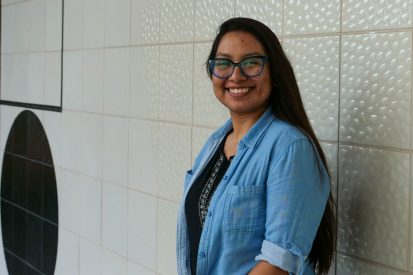
I knew I wanted to go into academia but wasn’t sure what I wanted to research. MIT Biology gave me the freedom to explore and personalize my graduate training. I joined the Martin Lab because I would get to start a new research program from scratch, establishing the mouse as a model system to study tissue folding during development. Research is not a solitary endeavor, and graduate school is so much more than just doing research in your lab. I’ve really enjoyed working in a community that gives me the space and support to learn the skills I need to succeed at my own pace (and will also eat my extra pastries).
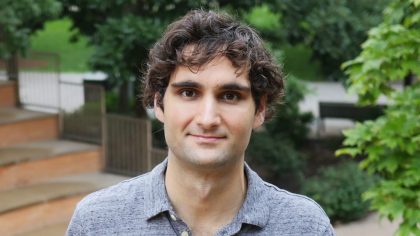
Before I started at MIT, I spent several years working in a cancer research lab, in order to prepare to spearhead my own project as a graduate student. I joined the Vander Heiden lab at MIT Biology because it aligned with my interests in cancer research, but it also pushed me outside my comfort zone to consider the role that metabolism plays in disease. Everyone in the lab is extremely friendly, and it’s a great place to spend time finding answers to exciting biology questions.

I arrived at MIT with a very open mind about what I wanted to study, but I was quickly drawn to studying interactions between pathogens and their hosts. The Lourido lab is the perfect place to analyze these interactions; I’ve been able to use cutting-edge techniques to understand parasite biology and have even worked with a local biotech company to begin bringing my work on treating infections closer to the clinic. It’s been exciting to see how basic research can inform potential therapies.
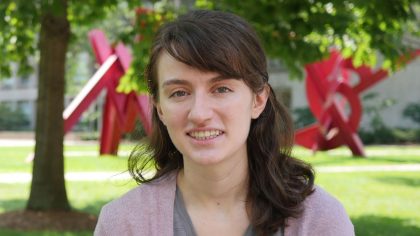
I’ve always enjoyed doing fundamental research, because it’s so multifaceted. If you understand a process at the molecular level, it’s easier to determine what’s happening at the level of individual cells — or even entire tissues. MIT drew me in because it was an “umbrella” program, and very accepting of people like me who come in not knowing exactly what they want to study. Now, I’m investigating diseases of the cranial neural crest cells in the Calo lab.

I remember the moment I fell in love with biology research. I was staining slides at the bench hoping to get a big, exciting result. It was then that I realized this was what I wanted to do for the rest of my life. It’s thrilling to be the first person in the world to know something. My time at MIT has given me the tools to eventually lead my own lab at an academic institution, where I hope to continue uncovering fundamental biological insights with clinical relevance.
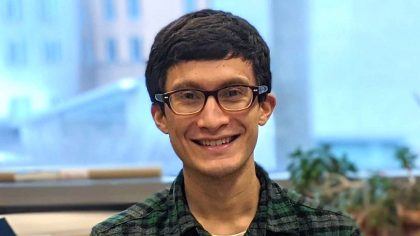
In Thomas Schwartz’s lab, I use structural biology to investigate important cellular processes. This requires a lot of empirical trial and error, which I really like. Serving as a teaching assistant has allowed me to revisit fundamental biological concepts and see my own research from a different angle. When I help undergraduate students understand these ideas, I reconnect with the science on a deeper level. As a teacher, I think it’s important to be encouraging and welcoming, and to share the human side of science.
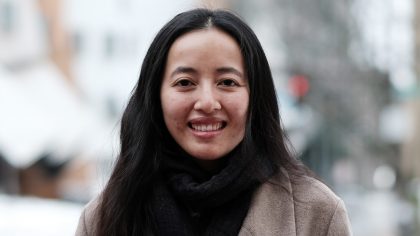
MIT Biology places a lot of emphasis on training students to ask rigorous scientific questions and investigate the answers. We all take classes during our first year, and everyone in the department is an expert in a different field of biology. I’ve benefitted a lot from just talking to people about biology in general. I’ve learned that discussing ideas is probably one of the most enjoyable parts of being a scientist.
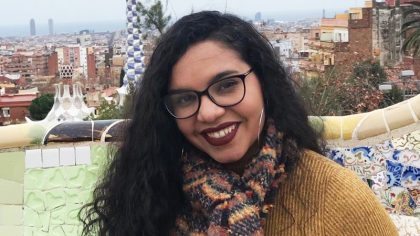
I chose Becky Lamason’s lab because I wanted to be in an environment where everything we discovered was game-changing. We study host-pathogen interactions, and for that you need to know microbiology as well as cell biology. I didn’t have to pick between either field — I could be in a lab that is constantly thinking about the bacteria, but also about the host cell. Over the years I’ve been able to see that if you don’t know something, you can learn it. And I think that’s true for everyone in graduate school and in life.
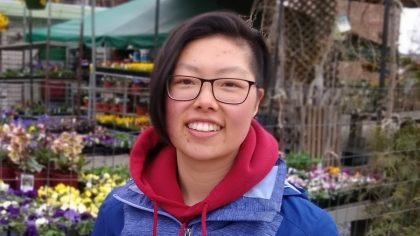
I thought finding compelling science would be my top priority when I chose where to go for grad school. This is certainly true of MIT Biology, but when I visited the department, I also found faculty who cared that their students were happy and well-rounded. Together, these factors convinced me that MIT was the right fit for me. My PhD advisor, Jing-Ke Weng, also emphasizes hiring people who support each other’s diverse interests both in and out of the lab.
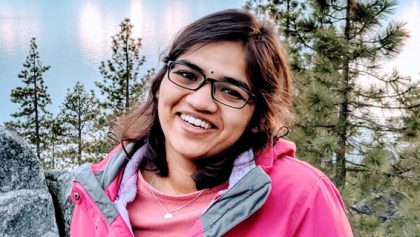
The MIT Biology Graduate Program is structured to encourage graduate students to get a flavor of different sub-areas within biology, and that was the fit that I was looking for. I have come to realize that the program is all I expected and so much more. The biology community at MIT is vibrant and well knit; the professors are welcoming and excited to discuss their science, the graduate students know each other well, and the environment helps you be the best scientist you can be!
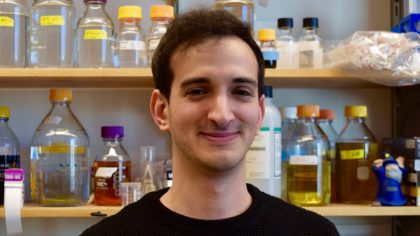
When I visited MIT Biology as a prospective student, I remember everyone seemed friendly and happy — which was promising because grad students are a good reflection of what a program is like. I’m a biochemist by training, but the department’s broad interests have allowed me to meet people with diverse research backgrounds. For example, in the Keating lab, I collaborate with computational biologists to study protein-protein interactions.
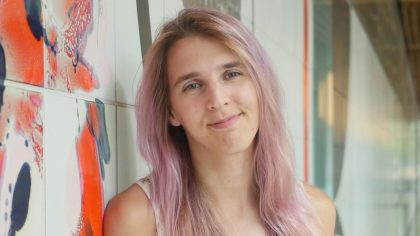
The energy at MIT is unparalleled. Whether it’s gene expression, cell division, or regeneration, people here are jazzed about their research. The Burge Lab, where I work, combines high-throughput bench techniques with computational biology to study gene expression and RNA processing. With this combination of skills, I can ask complex questions and push the frontiers of knowledge in my field. Awesome research and students who are always down to nerd out about nature make MIT a great place for grad school.

Not many people know that MIT has a thriving biophysics community. It’s a mix of mechanical engineers, chemists, biologists, and physicists. There are specific course requirements, and we go on retreats and participate in seminars to share our research and discuss collaborations. I really enjoy thinking about physical principles and how they apply to biological problems, and the methods we use Martin lab are incredibly visual. You can literally see a fruit fly embryo fold, which is both informative and aesthetically pleasing.
